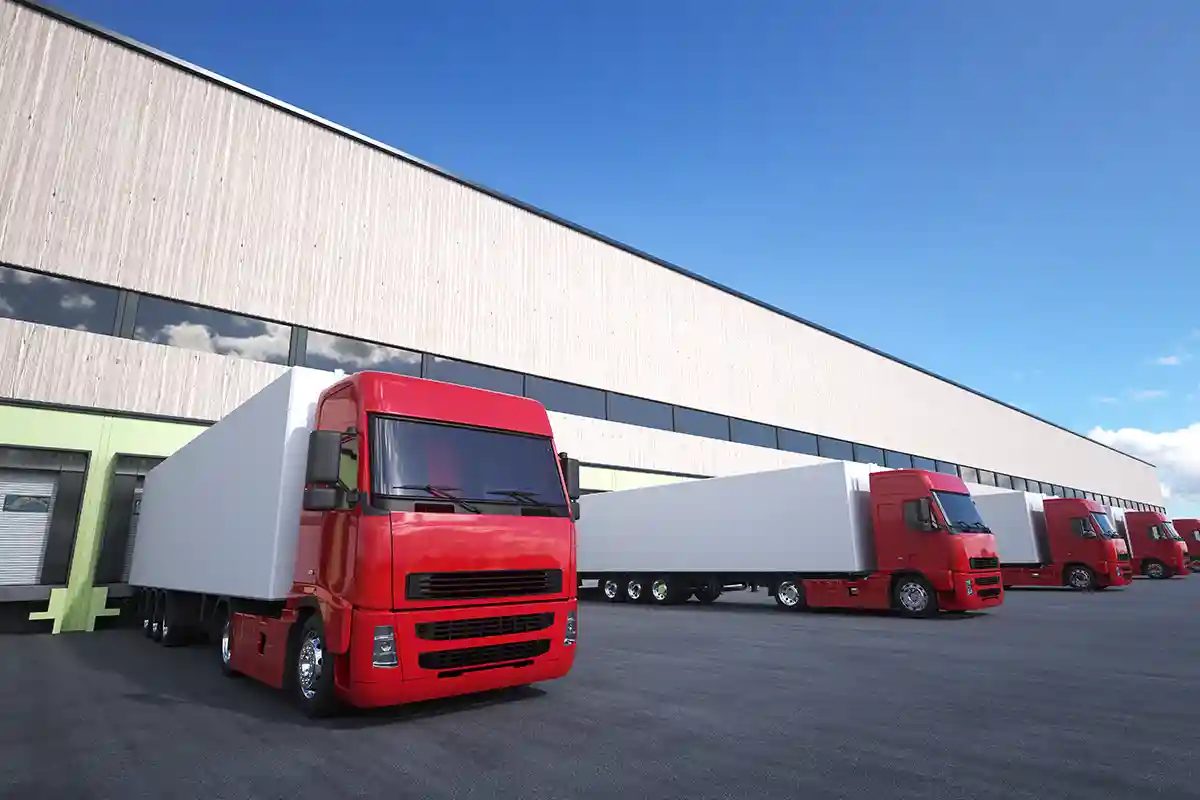Customers hate wrong Deliveries
Packaging and dispatch are the last stages before goods leave the company. It is all the more annoying if mistakes are made at this stage and customers are put off by incorrect deliveries. However, a few simple steps can significantly minimize this risk.
book761 words timelapse4 minutes reading time
Tip No. 1 🔗︎
Physically separate Stored Goods 🔗︎
Sometimes goods in stock are unpacked. In this case, you should take special care ensuring that visually similar items are not placed too close together. This reduces the risk of confusion. External factors, such as warehouses with low light incidence or poor lighting, also bear the risk of picking wrong items. In such cases, similar-looking item groups should be stored at greater distances from each other. Alternatively, items can be combined in storage bins so that there are as many differences as possible between their surfaces, shapes and colours - this also reduces the risk of confusion.
Tip No. 2 🔗︎
Reporting individual Work Stages 🔗︎
Although digitalization is advancing rapidly, many warehouse processes are still often “reported back” manually. This means that many numbers and ticks are written down by hand on picking and packing slips. It is worth investing in a digital solution for mobile data capture. Each item can thus be confirmed and entered directly into the ERP system without delay. The advantage of this is that the ERP system provides direct feedback and can react to errors immediately. This highly minimizes the risk of incorrect deliveries.
Tip No. 3 🔗︎
“Marrying” the Carton to the Customer Order 🔗︎
Even if the warehouse worker selects the right items from the storage shelves during picking, he or she might still put them in the wrong customer boxes afterwards. Even if the same warehouse worker already assigns the items to several customer orders without packing the goods into the final shipping cartons, there can arise problems. The risk of confusion then lies to the employee who finally packs the items at the packing station. Either way, there is the same solution:
One should bind (also called “marry”) the customer order firmly to a box before it is put into circulation.
If this data has also been in the MDE system from the very beginning, the software will issue an error message after a scan and recognize a mismatch.
Tip No. 4 🔗︎
Packed Units: Use Standard Quantities optimally 🔗︎
In many cases, products in the warehouse have already been packed in predefined quantities - e.g. there are always six units of a certain item in a carton. The picking order should take this into account: if the customer orders six units and this corresponds to the standard item quantity in the carton in stock, the order should also specify one carton. This way it will not be necessary to count out six items each time. Advantages: Processing time decreases, errors are reduced and new employees can be trained faster.
Tip No. 5 🔗︎
Use Item Photos 🔗︎
Another good way to avoid confusion is to use item photos - which can be retrieved from an image database using a smartphone or tablet, for example. If employees can match the item, they have just grabbed from the shelf with a photo, it is much easier to see if they picked the right one. Photos can also be quite helpful in case the items are variants that differ only in subtleties.
Tip No. 6 🔗︎
Use Speaking Article Numbers 🔗︎
Furthermore, you can embed helpful information in numbers. As a rule, article numbers are one of the first pieces of information obtained by an order picker. For example, a product group can be displayed as part of the article number. This is why this approach can also help to reduce errors.
Tip No. 7 🔗︎
Use Speaking Storage Bin Numbers 🔗︎
Storage bin numbers can help you coordinate workers in the warehouse. For example, you can include the aisle number in the bin number. In addition, the hall, area or aisle number could be represented by the first two digits. The next two digits would then represent the shelf - usually all even numbers on one side, all odd numbers on the other. Finally, the last two digits can indicate the level or shelf (1 for top, 2 for middle and 3 for bottom).
Tip No. 8 🔗︎
Use Blank Spaces 🔗︎
Long numbers should be broken up by blank spaces improving clarity and reducing errors. If speaking numbers are used, the division of spaces should follow the patterns provided. However, for non-speaking numbers, every third digit can be separated by a blank space.
We suggest: Blank spaces should only be used on the scanner screen or on the printout. In the ERP system, however, the numbers should be entered without blank spaces. This also makes sense as many employees use the numeric keypad to type in numbers on their PC or notebook, where the blank space is missing.
How Goods will get to the Customer faster
Fast deliveries are an important competitive factor today. However, there is often untapped potential along the supply chain - from the manufacturer and wholesaler to warehouse and dispatch. Some of these are highlighted below.
Mobile Device Scanners & paperless picking in the warehouse
Sounds paradoxical: When mobile data acquisition is introduced in the warehouse, the first fruits are often reaped outside. Picking can sometimes even slow down - a circumstance that sometimes unsettles warehouse management. We list up three common causes for this, followed by three tips that increase picking speed.

